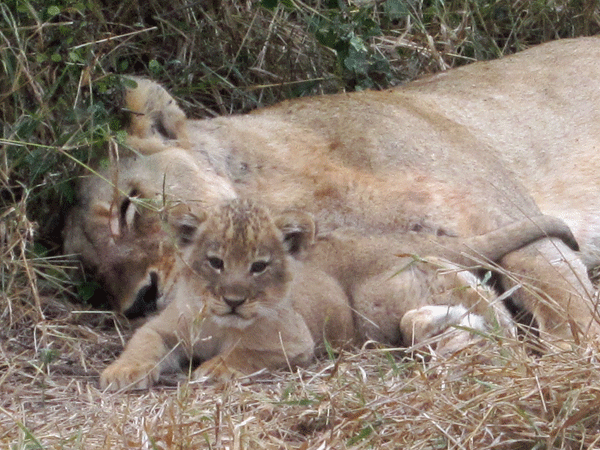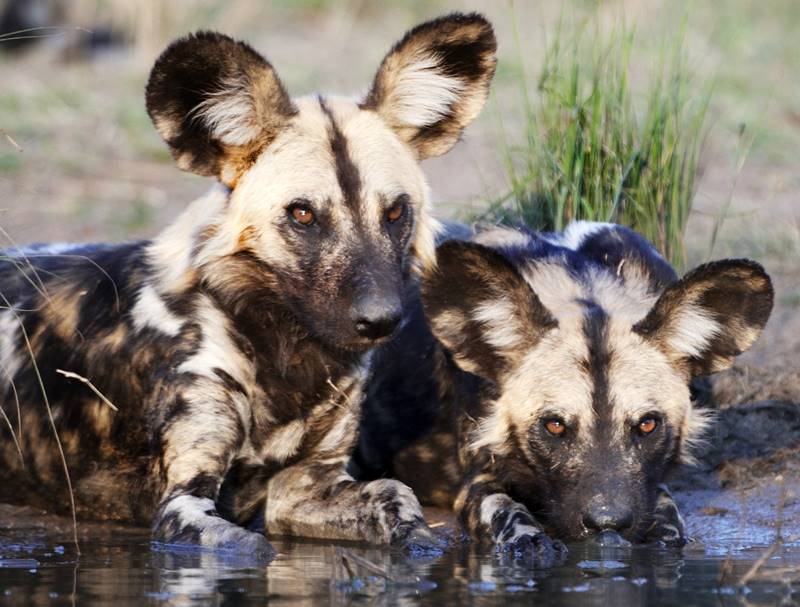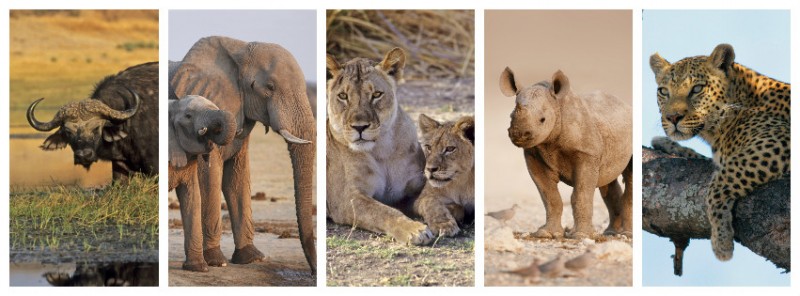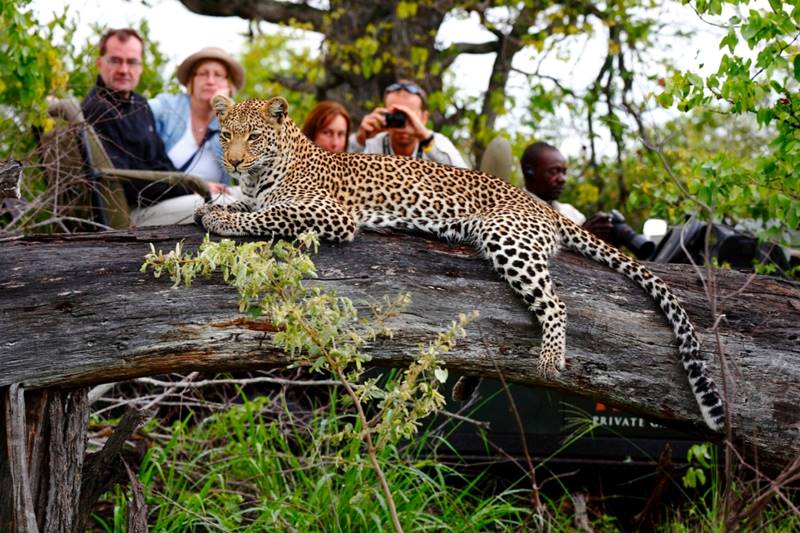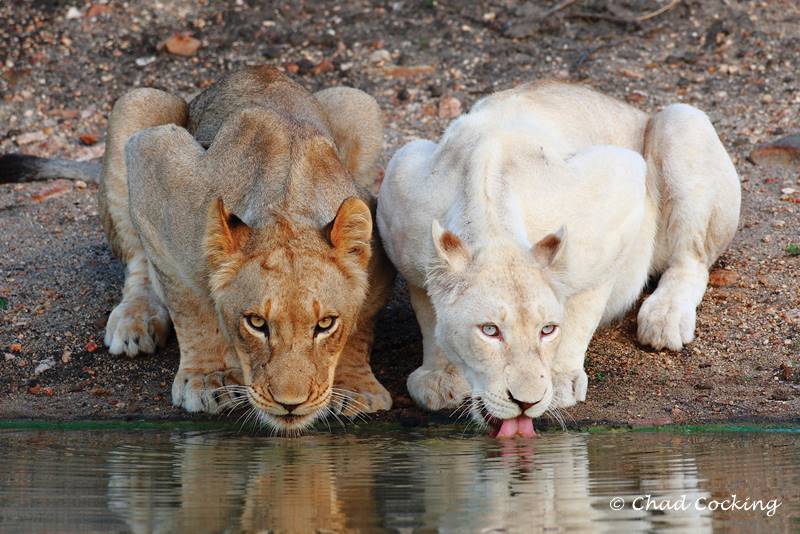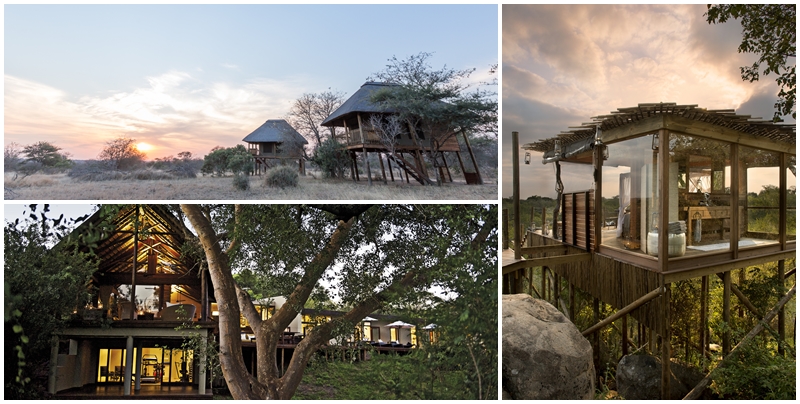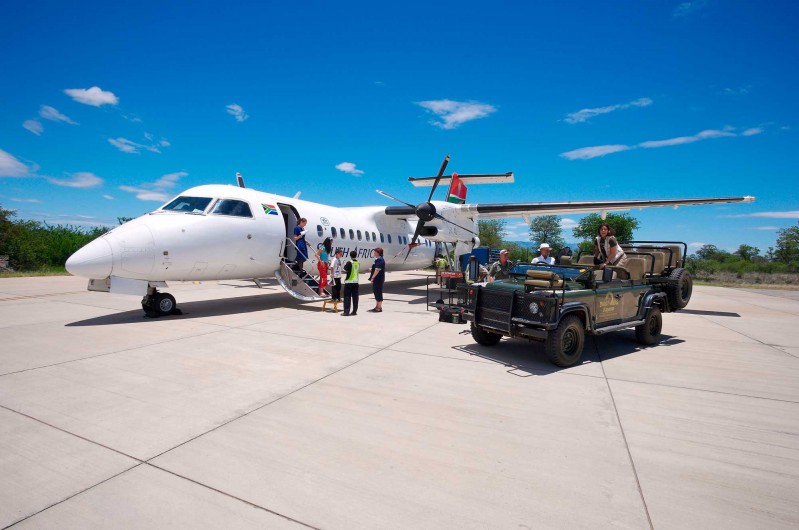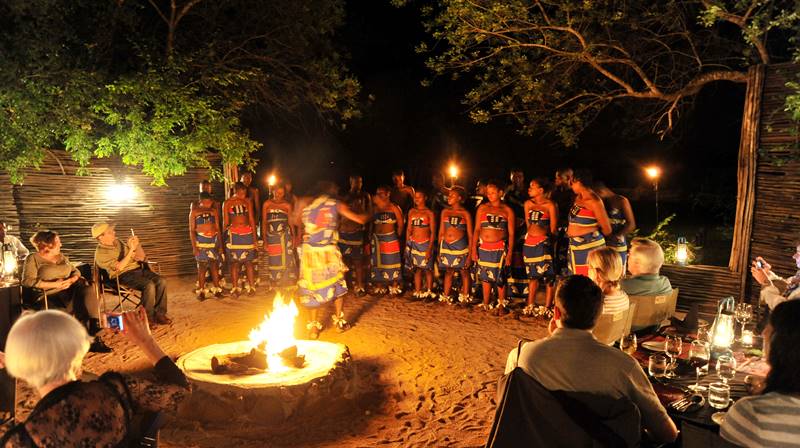Greater Kruger Park explained
The Greater Kruger area is one of the most iconic wildlife destinations in the world! Over 2 million hectares of bush made up of the Kruger National Park and a number of private reserves this large area is a wildlife haven and a top safari destination. Some of the larger private reserves share unfenced borders with the Kruger National Park, allowing the animals freedom of movement. These are the Sabi Sand Game Reserve, Timbavati Game Reserve , Klaserie Private Nature Reserve and the Manyeleti Game Reserve. There are a few camps in the Kruger Concessions – areas within the Kruger National Park that private lodges are allowed to operate. There are also a number of fenced reserves that have offer a wonderful big 5 safari experience, these are Kapama Private Game Reserve and the Thornybush Game Reserve.
A safari in Kruger will suit a range of budgets and needs. From rustic tented camps to ultra luxurious full service lodges, there is something for everyone in the Kruger.
7 Reasons to go on a Big 5 safari in Kruger:
#1. South Africa’s finest wildlife destination
Not only is the Greater Kruger area the best Big 5 safari destinations in South Africa, it is one of the best in the world. There are over 140 species of animals, 500 bird species which includes the migratory birds and changing veld that is home to many different flora. For bird lovers the search for the Big Six Birds can be found on a safari in Kruger. These are the lappet-faced vulture, martial eagle, saddle-billed stork, kori bustard, ground hornbill and the reclusive Pel’s fishing owl. Some of Kruger’s more elusive creatures include packs of African Wild Dog, the cheetah, endangered black and white rhino, honey badgers and the pangolin. When out on a game drive or bush walk, visitors have the chance to spot the Little Five, a group of the smallest and hard to spot creatures of Kruger. These include the Elephant shrew, a small, insect-eating mammal with a long nose. Elephants shrews are very common in Southern Africa but seldom seen. The Buffalo Weaver, the buffalo weaver is the easiest among the Little Five to find and observe. The Leopard tortoise has unique and beautiful markings on their shells, the Ant lion is the larvae stage of a winged insect that looks like a dragonfly and Rhino beetle is a large insect with ferocious looking body armor.
#2. Large concentrations of the Big Five – Lion, Leopard, Elephant, Rhino and Buffalo
First coined by big game hunters, safari lovers and wildlife enthusiasts have adopted the Big Five name for the grouping of the African lion, African elephant, Cape buffalo, African leopard, and White and Black rhinoceros. These animals are some of the most loved and talked about while on safari in Kruger.
#3. Game drives and walks guided by expert, professional and knowledgeable safari guides
It is so exhilarating to be in the back of a safari vehicle tracking a leopard or cheetah, going off road to get closer to the lions munching on their dinner, being close enough to the elephants to hear them eat or learning about the smaller wildlife and the plants and birds while on a walking safari. Local Shangaan trackers work closely with expert knowledgeable guides to ensure that your safari in Kruger is an experience you will never forget. These guides and trackers have a wealth of information on all things Kruger and will work to ensure that you see as much as possible.
Some lodges in the Greater Kruger area offer walks. These range from a full walking safari in Kruger to a short walk after breakfast. Your guides will share their knowledge from animals, trees, grasses, insects and birds to the medicinal uses of plants, folklore and basic tracking and survival skills.
The longer walking safaris take guests out after breakfast for a walk and again in the afternoon. The walking is interspersed with a game drive and often guests will walk from one camp to another for a “sleep-out” in rustic tents. Walking safaris can be found at Africa on Foot in the Klaserie Private Nature Reserve and Rhino Post Safari camp, located in a private concession in the Kruger National Park.
#4. Fantastic close up Wildlife Photography opportunities
Being on safari in Kruger with expert guides and trackers gives visitors an up close view of the wildlife and birdlife. This makes for some spectacular photo opportunities regardless if you are a novice or pro photographer. There are some wonderful photographic safaris in Kruger that are accompanied by professional wildlife photographers. They will show guests the basics of wildlife photography and then head out into the bush. They will then give advise and training in the field to help guests capture the perfect shot. Many of these photographic safaris will include some processing tips and tools when back at camp to enhance photos.
#5. High standard of accommodation in the Greater Kruger reserves
There is a large range of accommodation for a safari in Kruger. From the self-catering Kruger National Park camps to the luxurious private camps like Mala Mala and Singita.
Walking safaris can be found at Africa on Foot and Rhino Post Safari camp. Rustic tented camps like nThambo Tree Camp, where the tents are high on decks and the luxury Ngala Tented Camp rub shoulders with luxurious eco friendly lodges like Sabi Sabi Earth Lodge, a winner of many safari awards.
The list of accommodation in Kruger may seem overwhelming, which is why Sun Safaris is here to guide guests. We will first ask the important questions like budget and needs and then get to work! We even have a handy map of the Greater Kruger, which lists the accommodation available!
#6. Easy access to Kruger from Johannesburg and Cape Town
The Kruger Park is accessible via either self drive from Johannesburg or surrounding areas directly to the lodge; fly into the closest airports and then a short road transfer; or fly in directly to the lodge airstrips from Johannesburg Airport. There are daily flights from Johannesburg International airport (O.R. Tambo) to Hoedspruit Airport, Skukuza Airport and Kruger/Mpumalanga International Airport (KMIA) located between Nelspruit and White River. There are also direct flights between Cape Town and Hoedspruit, Skukuza and Kruger Mpumalanga creating an easy link to the Mother City.
There are 3 ways of getting to your camp from any of the above airports. You can road transfer, light air transfer or self drive. Depending on your lodge’s location, a road transfer can take between 45 minutes to 3 hours. An air transfer can take between 20 minutes to 1 hour and is from Skukuza, Kruger Mpumalanga as well as from Johannesburg directly into the private landing strip of your lodge.
You can pick up rental cars from either of Hoedspruit, Skukuza and Kruger Mpumalanga and self drive from there.
All the Kruger safari lodges are accessible via self drive with a sedan rental car from anywhere in South Africa. Obviously the drive time depends on where you are driving from! To self drive from Johannesburg will take 6 hours. There are also daily shuttles from Johannesburg to the Greater Kruger area.
Guests wanting to explore Victoria Falls now also have a daily flight from Kruger Mpumalanga to Livingstone, the gateway to Victoria Falls, Hwange and a Botswana safari! You can also fly directly to the tropical Vilanculous and Bazaruto Archipelago islands in Mozambique, and from there spend some time on a tropical beach creating the perfect bush and beach safari!
#7. Friendly and welcoming people
From the minute guests arrive in the Greater Kruger they will feel welcomed and pampered. From being greeted at the door with great big smiles and warm wet cloths to the chef’s that prepare delicious food, the people of Kruger love having guests to show off their beautiful lodges and camps too. Traditional dancing around the campfire accompanied by songs delight guests as will bush breakfasts! Come and visit for yourself!

